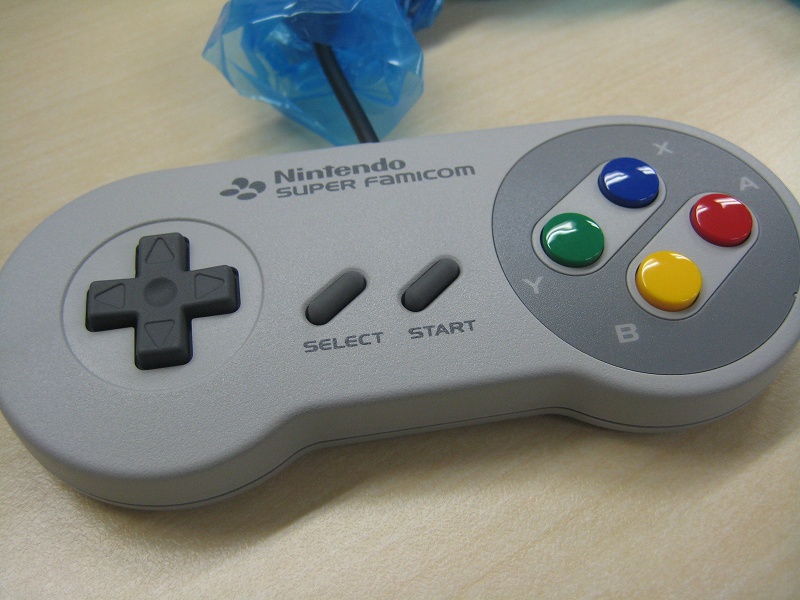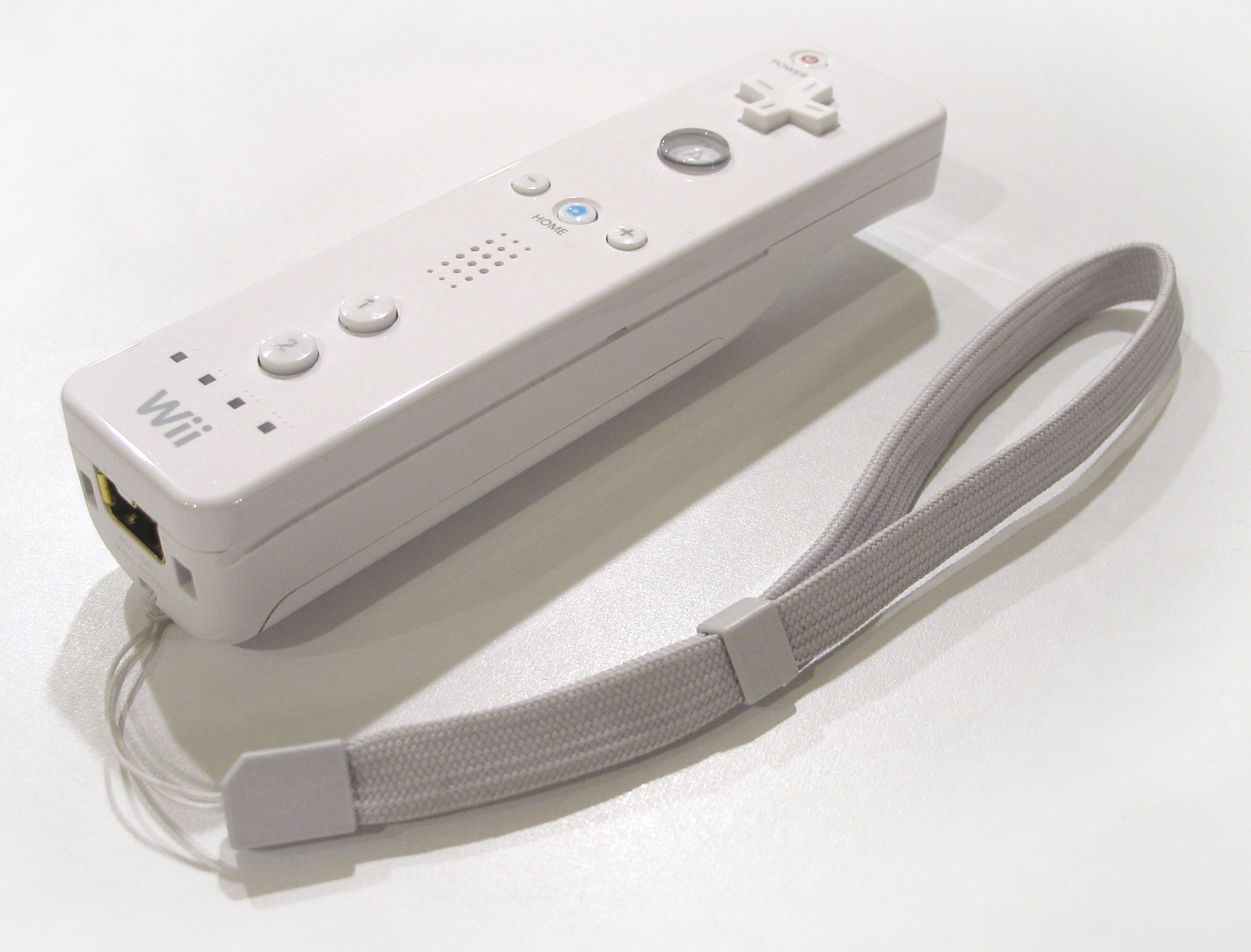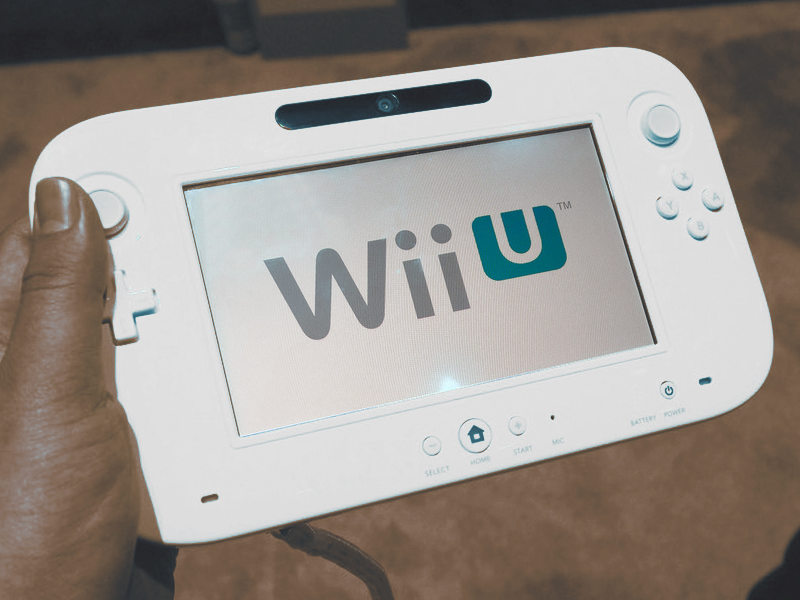|
Yoshi's Woolly World
''Yoshi's Woolly World'' is a side-scrolling platform game developed by Good-Feel and published by Nintendo for the Wii U. The game is the seventh main entry in the ''Yoshi'' series of games, the first home console title in the series since 1997's ''Yoshi's Story'', as well as the spiritual successor to 2010's ''Kirby's Epic Yarn''. The game was released worldwide throughout 2015. A port for the Nintendo 3DS, known as ''Poochy & Yoshi's Woolly World'', was released worldwide in early 2017. Both versions received generally favorable reviews, with reviewers praising the art style, gameplay, and innovation, but critiquing the lack of difficulty. Plot On a knitted island filled with many Yarn Yoshis of varying patterns, the evil Magikoopa Kamek turns nearly all the Yoshis into bundles of yarn for his master Baby Bowser, scattering them across different worlds. However, two Yoshis manage to avoid being transformed themselves, and they set off to pursue Kamek and rescue their wooll ... [...More Info...] [...Related Items...] OR: [Wikipedia] [Google] [Baidu] |
Good-Feel
is a Japanese video game developer. Good-Feel started in Hyogo, Japan in 2005 and opened a production facility in Tokyo in the same year. Their main focus had been educational games for the Nintendo DS, which were released solely in Japan. The games, the first of which was released in 2007, consist of primers for young children (kindergarten and below) and English language training for kids and adults. In 2008, the company became the developer for the Wii game, '' Wario Land: Shake It!'', published by Nintendo, which marked Good-Feel's first entry into the home console market. History Good-Feel was founded by the former Konami employee, Etsunobu Ebisu, on October 3, 2005. He told Nintendo about the new company and asked if they could work on a game. Long-time Nintendo employee Takahiro Harada asked Ebisu if he would like to make a new '' Wario Land'' title, since Harada learned before the meeting that Ebisu was involved in the development of a Nintendo DS platform game he ... [...More Info...] [...Related Items...] OR: [Wikipedia] [Google] [Baidu] |
List Of Mario Franchise Characters
The ''Mario'' franchise is a video game series by Nintendo. While Nintendo is usually the developer and publisher of games in the franchise, various series are developed by third-party companies, such as Hudson Soft and Intelligent Systems. Games in the ''Mario'' franchise primarily revolve around the protagonist Mario and often involve the trope of Bowser as the antagonist kidnapping Princess Peach, with Mario then rescuing her. Many characters have goals or plot arcs that vary from series to series; for example, the ''Luigi's Mansion'' games focus on Luigi ridding a haunted building of ghosts, while Wario stars in games that center around his greed and desire for money and treasure. Character roots begin with ''Donkey Kong'' where Mario, Donkey Kong, and Pauline originate. Designed by Japanese video game designer Shigeru Miyamoto; they were built off the base of characters from Popeye. Unable to obtain licensing rights for the characters, Miyamoto made later changes t ... [...More Info...] [...Related Items...] OR: [Wikipedia] [Google] [Baidu] |
Wii Classic Controller
The is a game controller produced by Nintendo for the Wii home video game console. While it later featured some compatibility with the Wii U console, the controller was ultimately succeeded by the Wii U Pro Controller. In April 2014, Nintendo discontinued production of both the Classic Controller and Classic Controller Pro. History When the Wii Remote was first revealed in September 2005, Nintendo announced a controller "shell" which resembled a traditional game controller, often referred to as a "classic-style expansion controller." As described at the time, the Wii Remote would fit inside the shell, allowing gamers to play games using a traditional-style gamepad, while allowing use of the remote's motion sensing capability. According to Satoru Iwata, it would be meant for playing "the existing games, Virtual Console games, and multi-platform games." Early demos of the Wii's capabilities, showed two players competing in what appears to be ''Wii Sports'' with one player using a ... [...More Info...] [...Related Items...] OR: [Wikipedia] [Google] [Baidu] |
Wii Remote
The Wii Remote, also known colloquially as the Wiimote, is the primary game controller for Nintendo's Wii home video game console. An essential capability of the Wii Remote is its motion sensing capability, which allows the user to interact with and manipulate items on screen via motion sensing, gesture recognition, and pointing which is used for the console, using accelerometer and optical sensor technology. It is expandable by adding attachments. The attachment bundled with the Wii console is the Nunchuk, which complements the Wii Remote by providing functions similar to those in gamepad controllers. Some other attachments include the Classic Controller, Wii Zapper, and the Wii Wheel, which has originally been used for the racing game, ''Mario Kart Wii''. The controller was revealed at both E3 2005 and E3 2006 and the Tokyo Game Show on September 14, 2005, with the name "Wii Remote" announced April 27, 2006. It received much attention due to its unique features, not supported ... [...More Info...] [...Related Items...] OR: [Wikipedia] [Google] [Baidu] |
Wii U GamePad
The Wii U GamePad is the standard game controller for Nintendo's Wii U home video game console. Incorporating traits from tablet computers, the GamePad has traditional input methods (such as buttons, dual analog sticks, and a D-pad), touchscreen controls, and motion controls. The touchscreen can be used to supplement a game by providing alternate, second screen functionality or an asymmetry#Other uses, asymmetric view of a scenario in a game. The screen can also be used to play a game strictly on the GamePad screen, without the use of a television display. Conversely, non-gaming functions can be assigned to it as well, such as using it as a television remote. The Wii U GamePad can be used in conjunction with other controllers compatible with the console, such as the Wii Remote Plus, Nunchuk (controller), Nunchuk, Wii Balance Board, and the more conventional Wii U Pro Controller. History During development of the Wii console, video game designer Shigeru Miyamoto brought in mobil ... [...More Info...] [...Related Items...] OR: [Wikipedia] [Google] [Baidu] |
Donkey Kong (character)
, also shortened to DK, is a fictional gorilla in the ''Donkey Kong'' and ''Mario'' video game series, created by Shigeru Miyamoto. The original Donkey Kong first appeared as the title character and antagonist of the eponymous 1981 game, a platformer by Nintendo, which would lead to the ''Donkey Kong'' series. The ''Donkey Kong Country'' series was launched in 1994 with a new Donkey Kong as the protagonist (although several installments focus on his friends Diddy Kong and Dixie Kong instead). This version of the character persists as the main one up to today. While the 1980s games' Donkey Kong and the modern Donkey Kong share the same name, the manual for ''Donkey Kong Country'' and subsequent games portray the former as Cranky Kong, the latter's grandfather, with the exception of ''Donkey Kong 64'', in which Cranky is depicted as his father. Donkey Kong is considered one of the most popular and iconic characters in video game history. Mario, the protagonist of the original 1981 ... [...More Info...] [...Related Items...] OR: [Wikipedia] [Google] [Baidu] |
Mario
is a character created by Japanese video game designer Shigeru Miyamoto. He is the title character of the ''Mario'' franchise and the mascot of Japanese video game company Nintendo. Mario has appeared in over 200 video games since his creation. Depicted as a short, pudgy, Italian plumber who resides in the Mushroom Kingdom, his adventures generally center on rescuing Princess Peach from the Koopa villain Bowser. Mario has access to a variety of power-ups that give him different abilities. Mario's fraternal twin brother is Luigi. Mario first appeared as the player character of ''Donkey Kong'' (1981), a platform game. Miyamoto wanted to use Popeye as the protagonist, but when he could not achieve the licensing rights, he created Mario instead. Miyamoto expected the character to be unpopular and planned to use him for cameo appearances; originally called "Mr. Video", he was renamed to Mario after Mario Segale. Mario's clothing and characteristics were themed after the setting ... [...More Info...] [...Related Items...] OR: [Wikipedia] [Google] [Baidu] |
Amiibo
(, ; officially stylized as amiibo; plural: ''Amiibo'') is a toys-to-life platform by Nintendo, which was launched in November 2014. It consists of a wireless communications and storage protocol for connecting figurines to the Wii U, Nintendo 3DS, and Nintendo Switch video game consoles. These figurines are similar in form and functionality to that of the ''Skylanders'', ''Disney Infinity'' and '' Lego Dimensions'' series of toys-to-life platforms. The Amiibo platform was preannounced to potentially accommodate any form of toy, specifically including general plans for future card games. These toys use near field communication (NFC) to interact with supported video game software, potentially allowing data to be transferred in and out of games and across multiple platforms. Amiibo functionality can be used directly with the Nintendo Switch, Wii U, and New Nintendo 3DS consoles by using built-in NFC readers. In addition, the rest of the 3DS hardware line can use an official ... [...More Info...] [...Related Items...] OR: [Wikipedia] [Google] [Baidu] |
Miiverse
Miiverse was a social network for Nintendo 3DS and Wii U, created by Nintendo System Development and Hatena (company), Hatena, and powered by the Nintendo Network. Integrated into many games, Miiverse allowed players to interact and share their experiences by way of handwritten messages or drawings, text, screenshots, and sometimes game videos in dedicated communities. It was available via any web browser, and a dedicated Mobile app, app version originally planned for Tablet computer, tablets and smartphones. All users who signed up for a Nintendo Network ID were automatically given a Miiverse profile per account, represented by the Mii avatar connected to said Nintendo Network ID. Miiverse was announced on June 3, 2012 during a pre-E3 2012 Nintendo Direct event; the service initially launched on the Wii U on November 18, 2012 and was later made available for the Nintendo 3DS on December 9, 2013. A web-based portal was opened on April 25, 2013. Miiverse was discontinued on Novem ... [...More Info...] [...Related Items...] OR: [Wikipedia] [Google] [Baidu] |



.jpg)